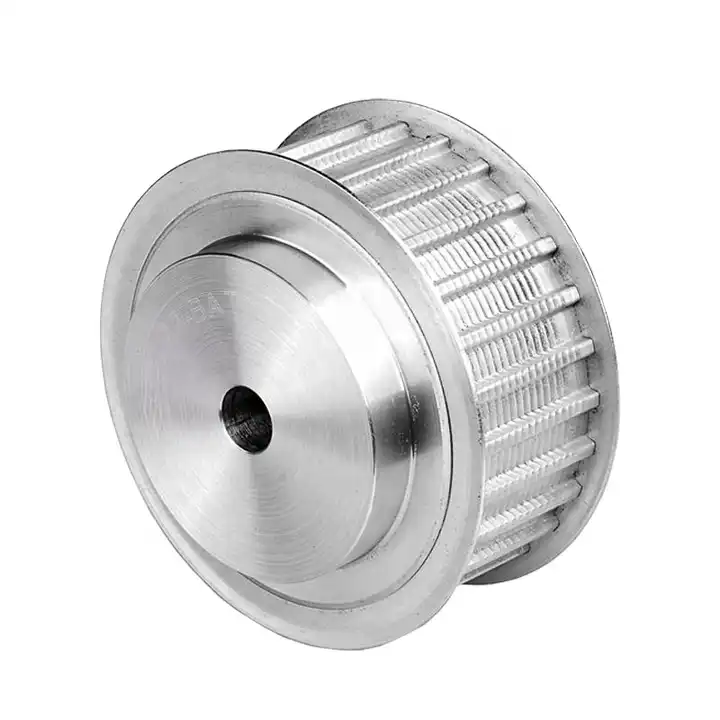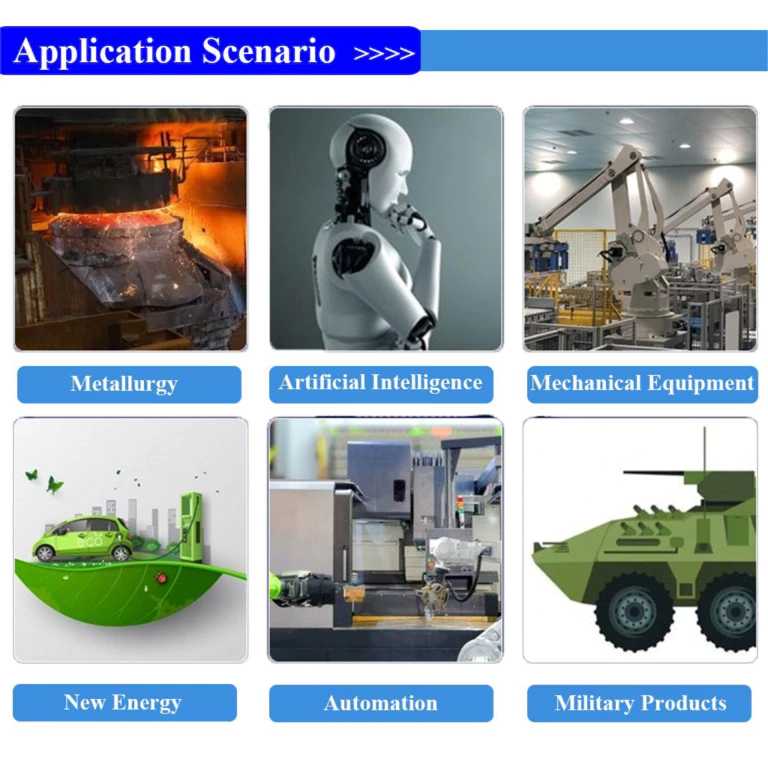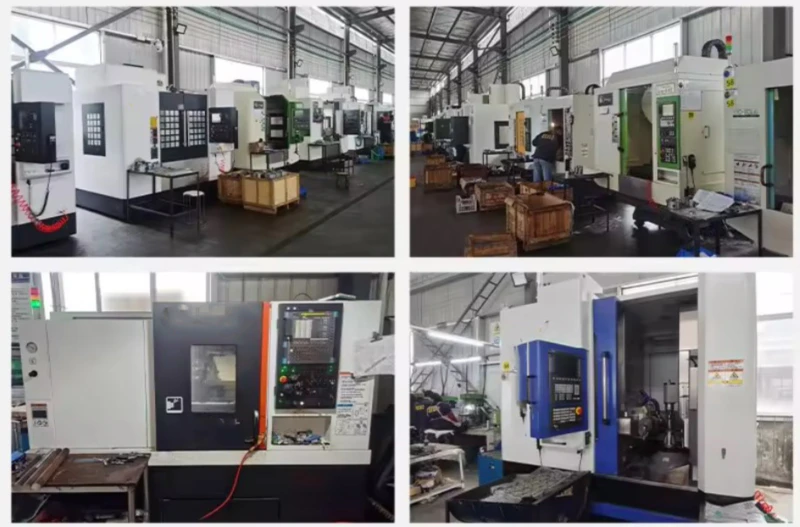Timing Pulley Size Calculation Tools for Engineering Projects
Timing pulleys are used in a variety of applications, including robotics, 3D printing, and CNC machines. Proper sizing of the timing pulley is crucial for the efficient and effective operation of these machines. In this article, we will discuss the tools and methods for calculating the appropriate size for your engineering project.
Why is Timing Pulley Size Important?
The timing pulley size directly affects the speed, torque, and positioning accuracy of the machine. If the size is too small, it could cause slippage or even damage the belt. On the other hand, if the size is too large, it could lead to excessive stress on the belt and pulley, reducing the lifespan of the machine. Therefore, it is essential to calculate the appropriate size for the timing pulley.
Calculation Tools
1. Pitch Diameter
The pitch diameter is the diameter of the pulley at the point where the belt rides. It can be calculated using the following formula:
Pitch Diameter (PD) = Number of Teeth * Pitch / ¦Ð
Where ¦Ð is approximately 3.14 and pitch is the distance between two adjacent teeth on the belt. The number of teeth can be determined by the manufacturer’s specifications or by counting the teeth on the belt.
2. Center Distance
The center distance is the distance between the centers of the two timing pulleys. It can be calculated using the following formula:
Center Distance = (Pitch Diameter of Pulley 1 + Pitch Diameter of Pulley 2) / 2 + (Distance between the centers of Pulley 1 and Pulley 2)
3. Belt Length
The belt length is the distance around the pulleys, and it can be calculated using the pitch diameter and center distance.
Belt Length = 2 * Center Distance + (Pitch Diameter of Pulley 1 – Pitch Diameter of Pulley 2)^2 / (4 * Center Distance)
Using the Calculation Tools
Once you have obtained the necessary information for the calculations, you can use various online calculators or spreadsheet programs to calculate the pitch diameter, center distance, and belt length. You can then select the appropriate timing pulley size based on the calculated values and the manufacturer’s specifications.
The timing pulley is a critical component of many machines used in various industries. Proper sizing of the timing pulley is essential for the efficient and effective operation of these machines. By using the calculation tools and methods outlined in this article, you can calculate the appropriate size for your engineering project and ensure its success.
About Our Company
Our company, a leader in the pulley market in China, offers a wide range of products, including timing pulleys, v pulleys, belt wheels, belt idler pulleys, flat pulleys, and more. We have various fully automatic CNC production equipment and automatic assembly equipment, ensuring the high quality and precision of our products.
If you are interested in our products, please visit our website vpulley.com for more information. We offer high-quality products at competitive prices, and we are committed to providing customers with excellent service. Customization is also available based on your specific requirements.
Q&A
1. Can timing pulleys be used in harsh environments?
Yes, timing pulleys can be made of various materials, including stainless steel, aluminum, and plastic, making them suitable for use in harsh environments.
2. How do I know the pitch of the belt?
The pitch of the belt can be found in the manufacturer’s specifications or measured by dividing the distance between two adjacent teeth by the number of teeth.
3. How do I ensure the accuracy of the calculations?
Using multiple sources and double-checking the results can help ensure the accuracy of the calculations.
4. Can timing pulleys be used for high-speed applications?
Yes, timing pulleys can be used for high-speed applications, but it is crucial to select the appropriate size and material to ensure safe and reliable operation.
5. What is the maximum and minimum temperature range for timing pulleys?
The temperature range depends on the material used for the timing pulley. Plastic timing pulleys typically have a temperature range of -10¡ãC to 70¡ãC, while metal timing pulleys can withstand higher temperatures.


